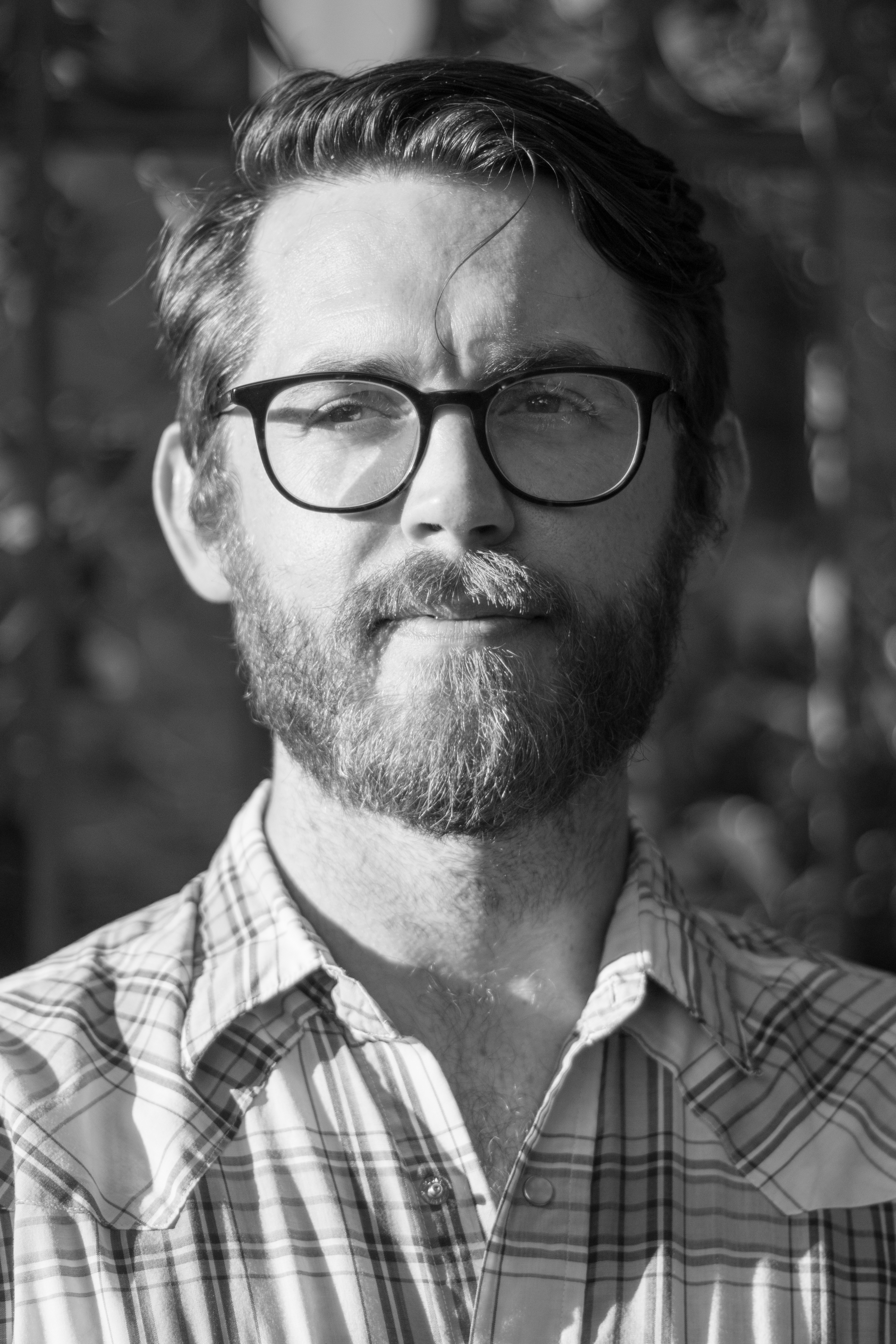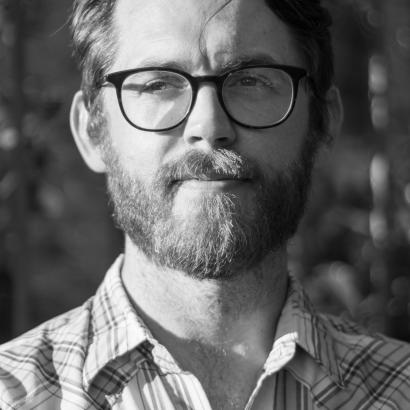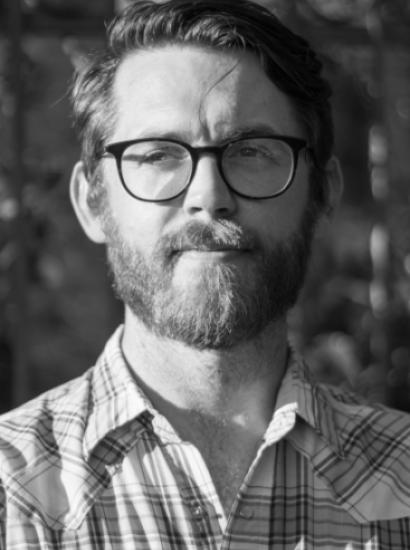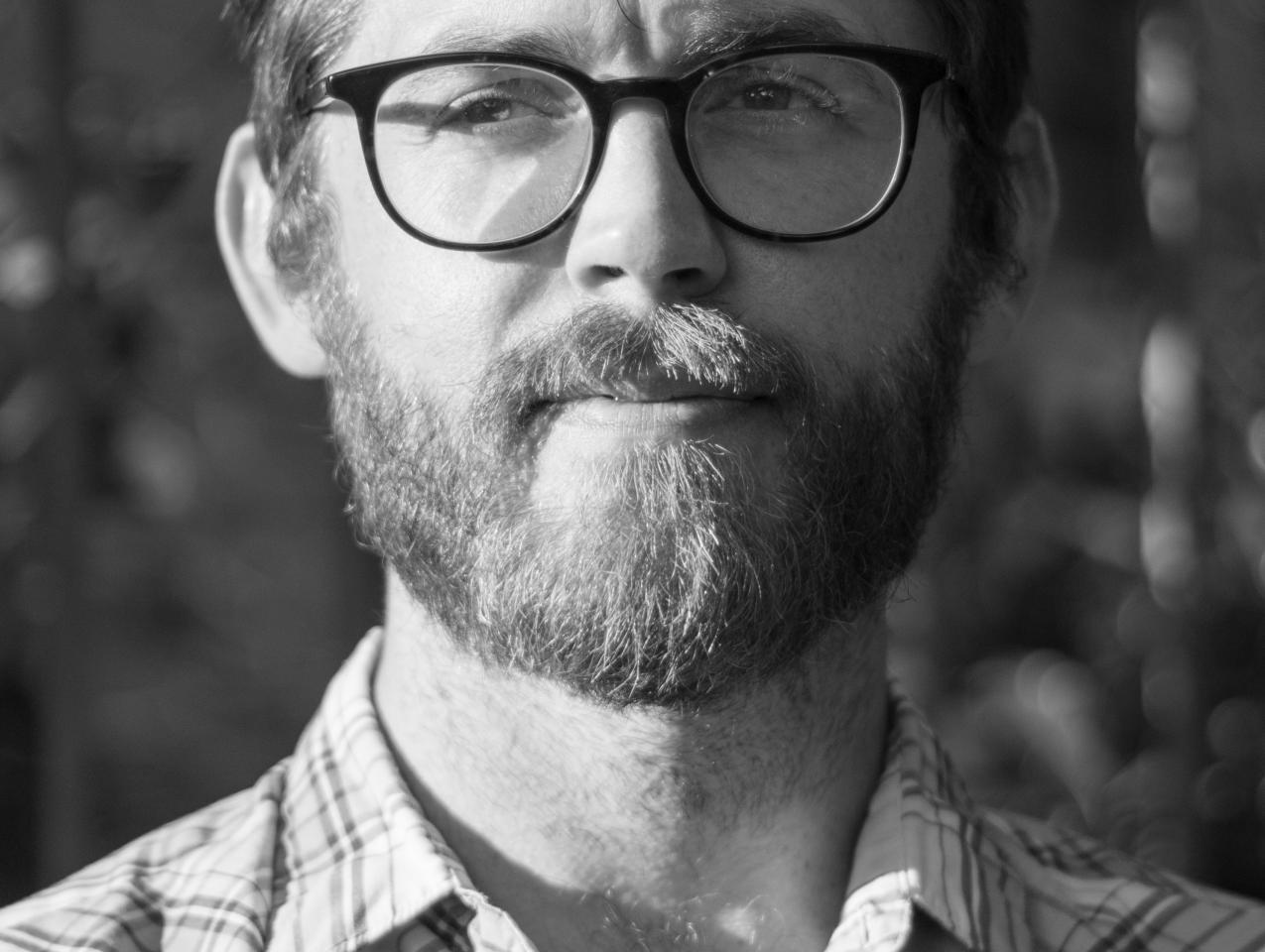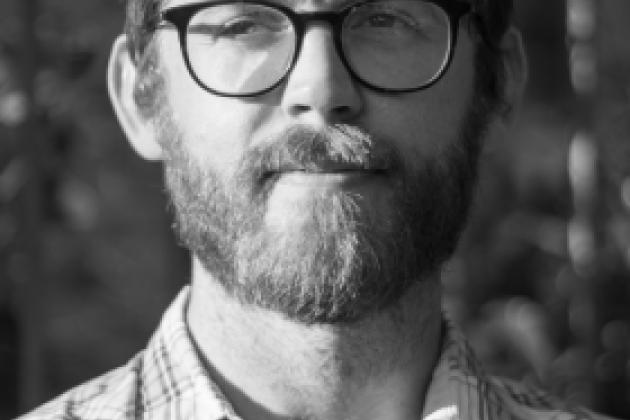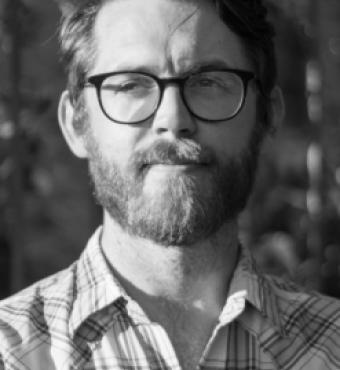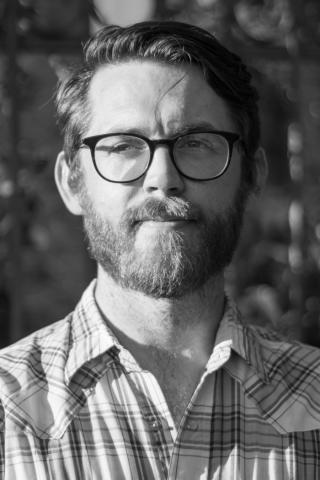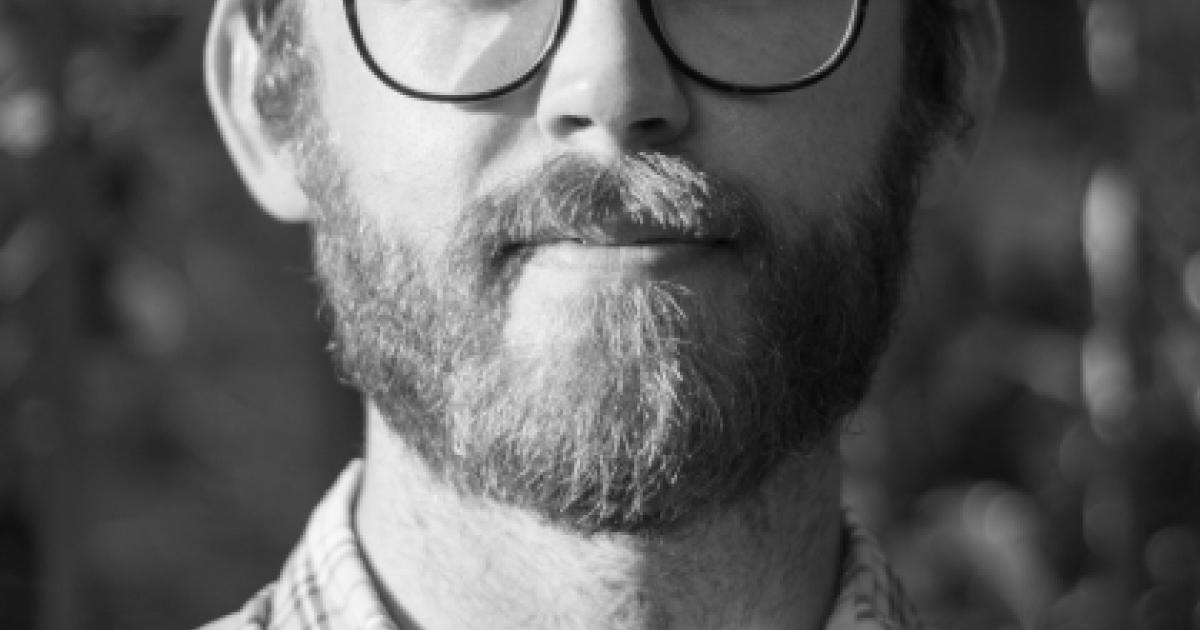By John S. Huntington
Scholars of U.S. politics have spent the last two decades crafting a narrative about the rise of mainstream conservatism. The story revolved around politicians like Barry Goldwater and Ronald Reagan and activists like Phyllis Schlafly and William F. Buckley Jr. However, the election of 2016, particularly the conspiratorial language and economic populism of Donald Trump and the emergence of the Alt-Right, sparked new questions about the origins and ideological traditions of American conservatism. New studies are needed to capture what historian Kim Phillips-Fein called conservatism’s “animating spirit of disappointment and fury.”
My manuscript, “Right-Wing Paranoid Blues: Radical Activism and Modern Conservatism,” explores the mid-century Radical Right’s influence upon the shape and tenor of American politics. In particular, I foreground a constellation of activists and organizations to highlight how ultraconservatives collaborated with and deviated from the conservative mainstream. Indeed, radical conservatives were both fellow-travelers and acerbic critics of American conservatism. The far-right’s disinterest in pragmatism, embrace of conspiracy theories, and rancorous rhetoric often served as a foil for mainstream right-wingers, which has obscured the fact that ultraconservatives represented the vanguard of the modern conservative movement.
Numerous collections from the Hoover Institution aided my understanding of far-right ideologies and the intersectionality of ultraconservative institutions. The Radical Right Collection contains copious volumes of published literature from far-right organizations and activists, like the John Birch Society and Elizabeth Dilling. Additionally, the papers of Bonner Fellers, Albert C. Wedemeyer, and Norman Allderdice contained personal correspondence and publications that revealed the interconnectivity of right-wing networks. Radical conservatives wrote for each other’s publications, served on editorial boards together, collaborated with mainstream conservatives, and sponsored political rallies to cultivate grassroots constituencies. Ultimately, the Hoover’s collections underscored that ultraconservative groups, far from being a collection of political castoffs, contributed to the ascent of modern conservatism by acting as points of convergence for right-wing activists.
The staff at the Hoover Institution proved invaluable during my two week fellowship. In particular, Carol Leadenham provided insight regarding the holdings on ultraconservatives and extreme libertarians, while Bronweyn Coleman contributed scheduling and traveling advice. I am honored to have received the Silas Palmer Fellowship from the Hoover Institution, and I hope to return to Palo Alto in the future.




